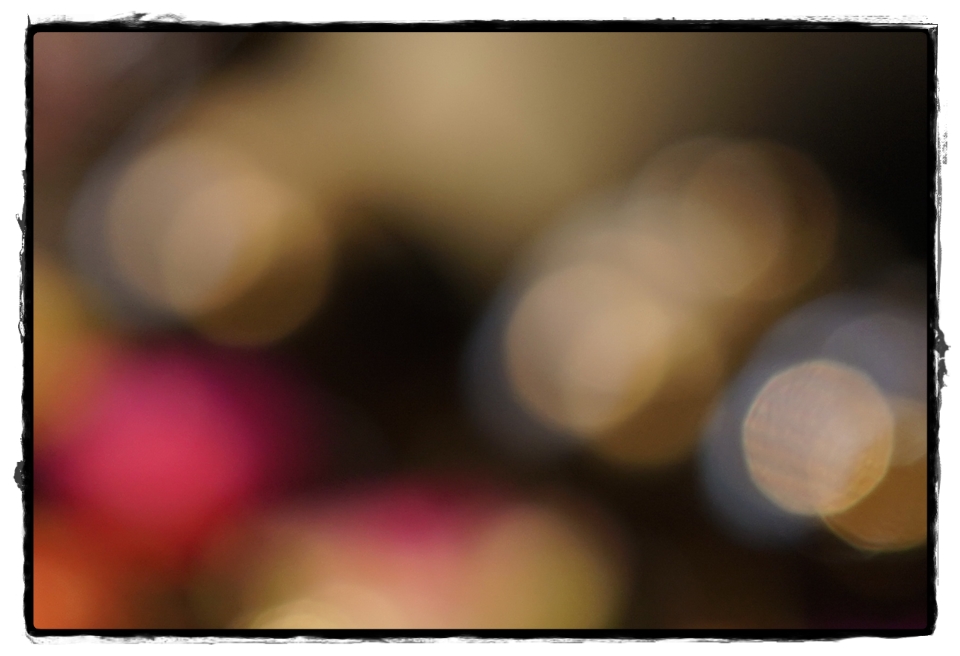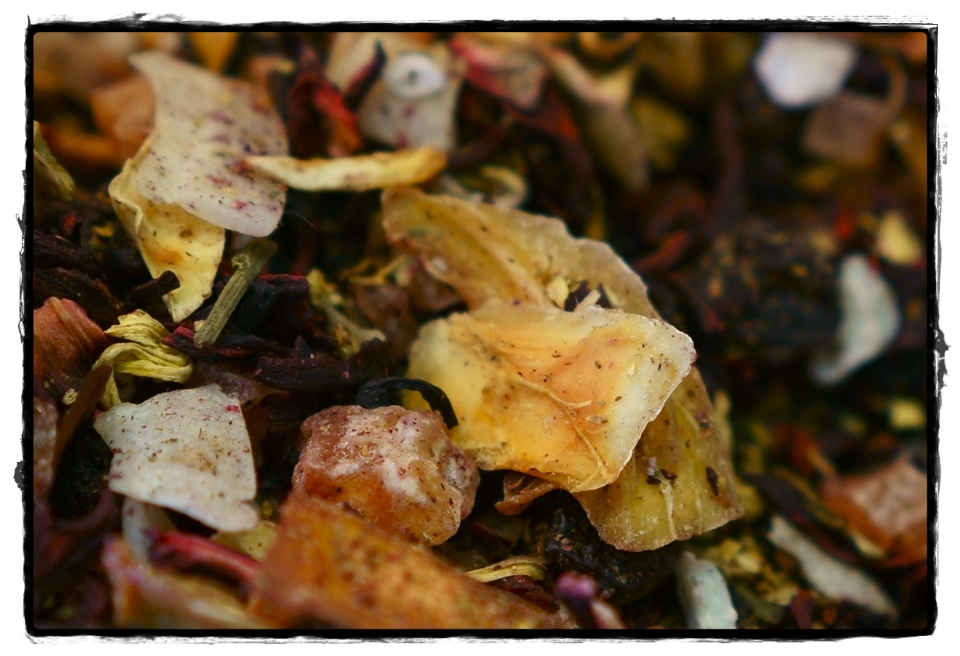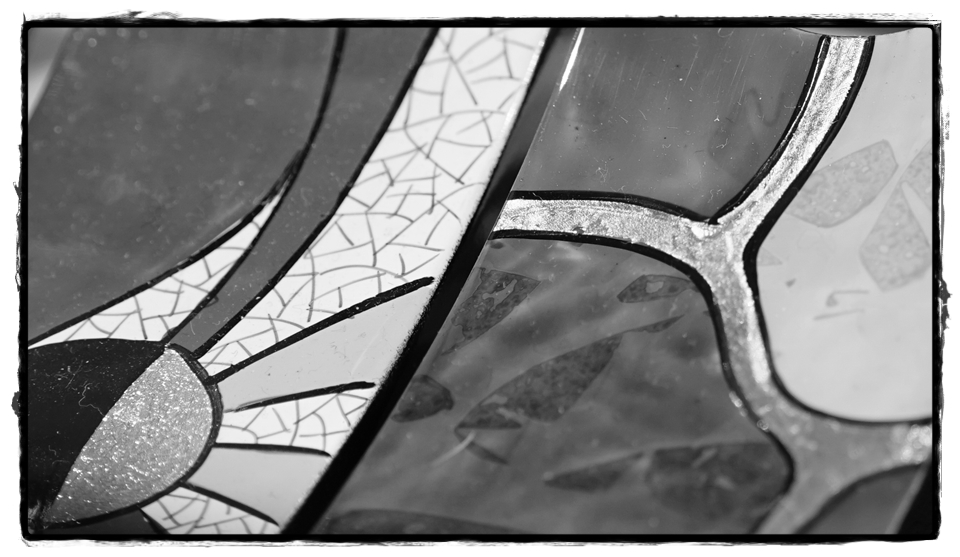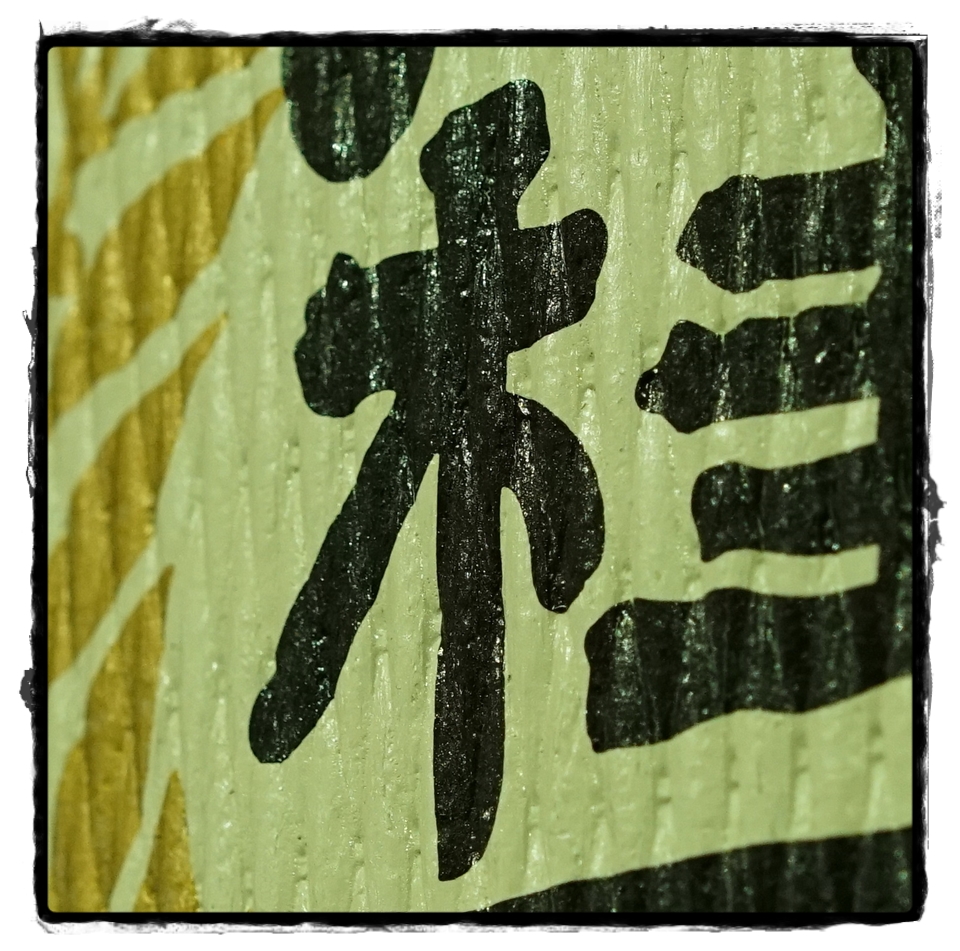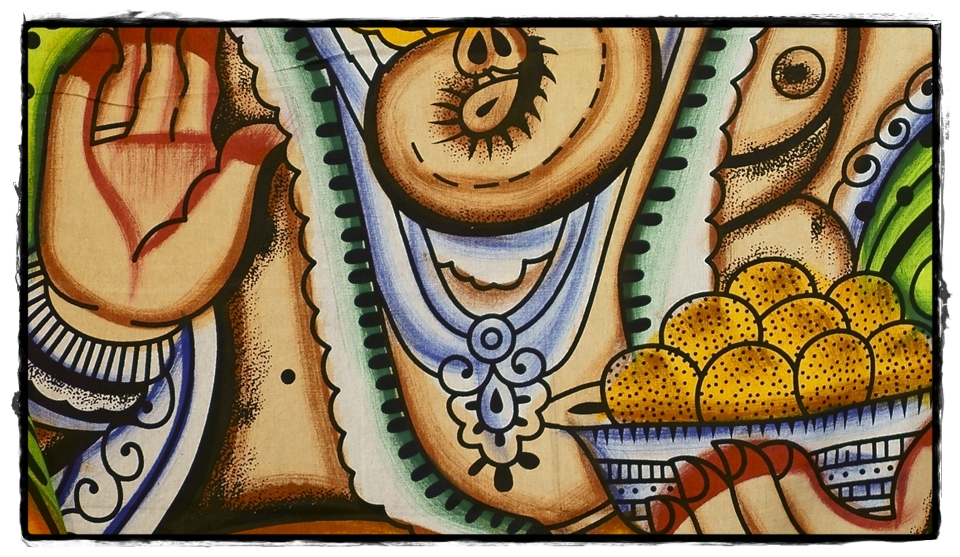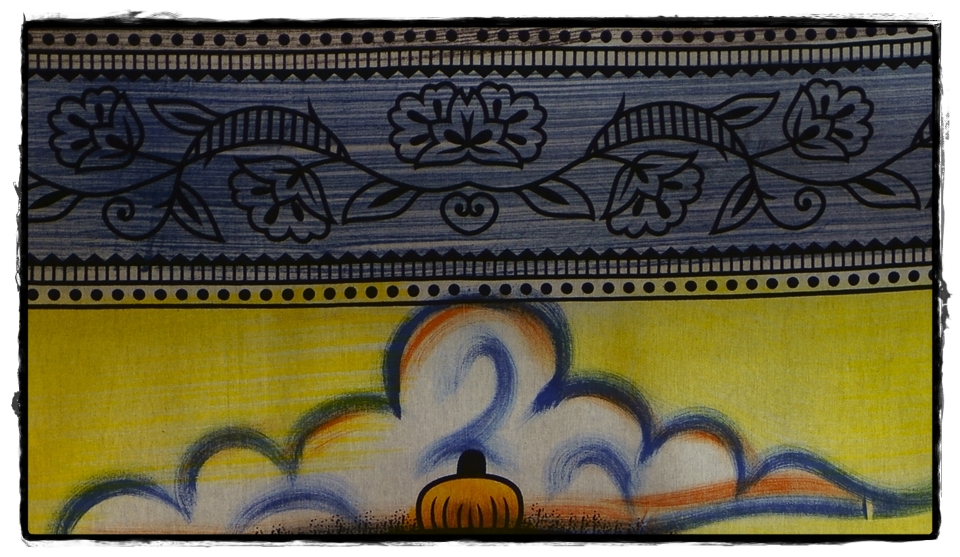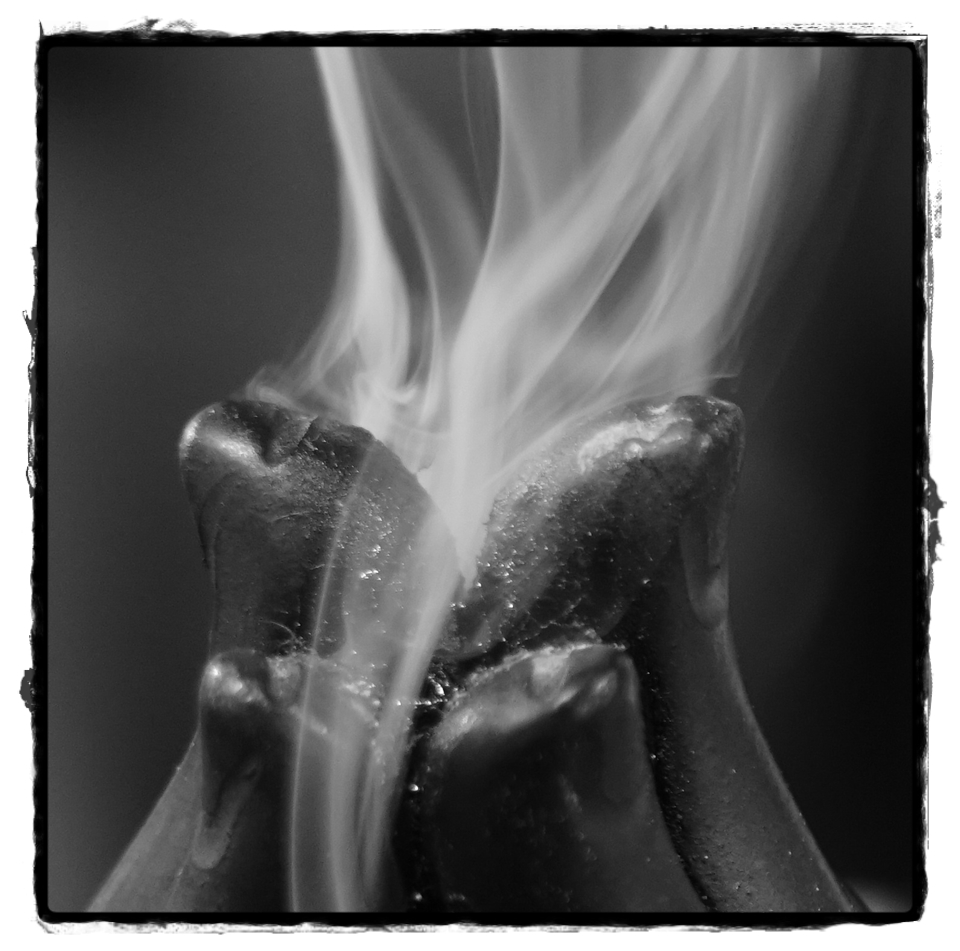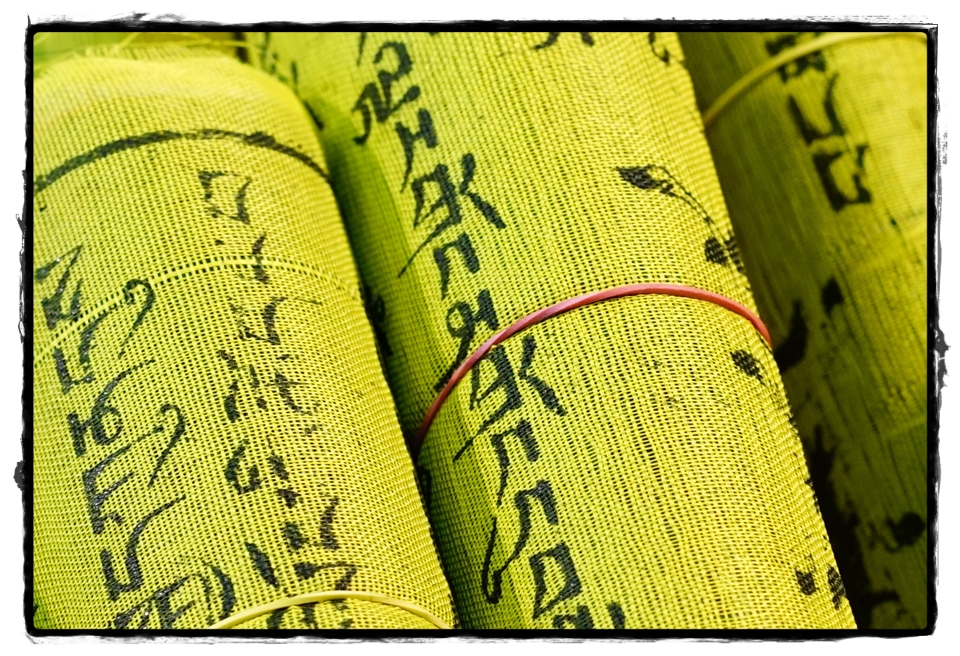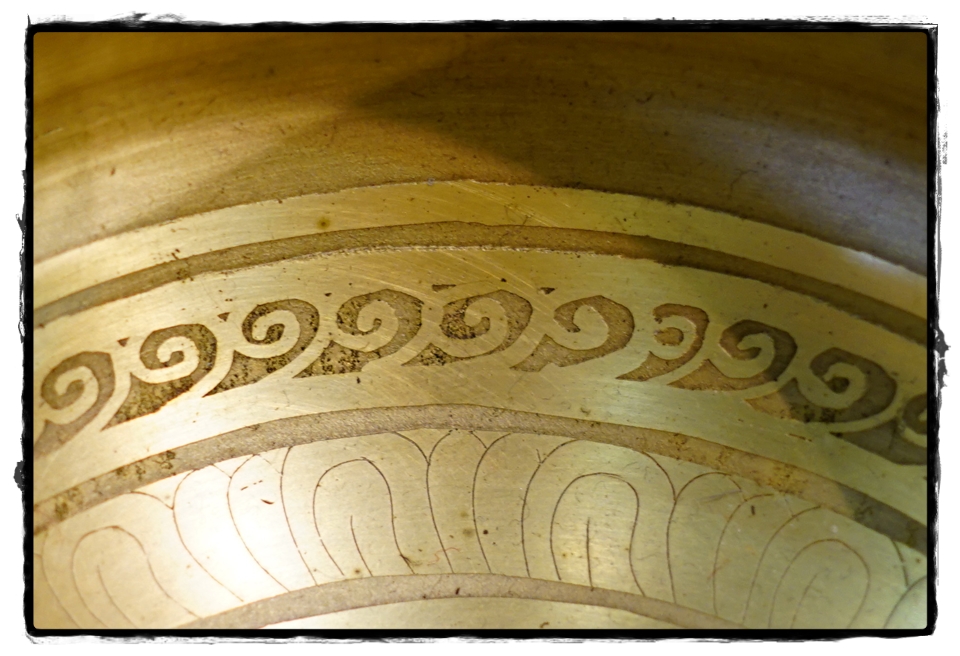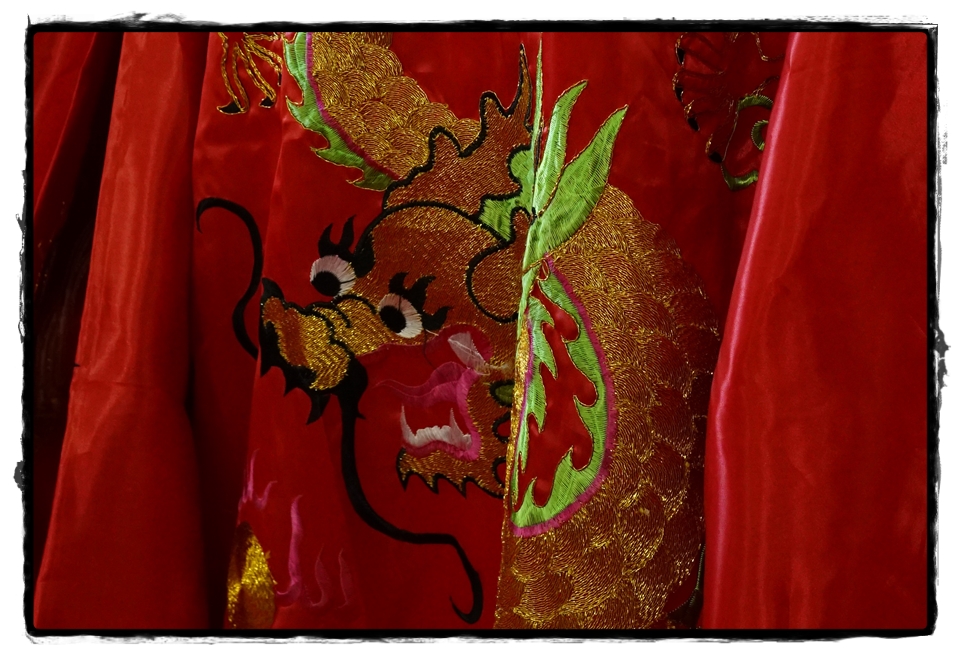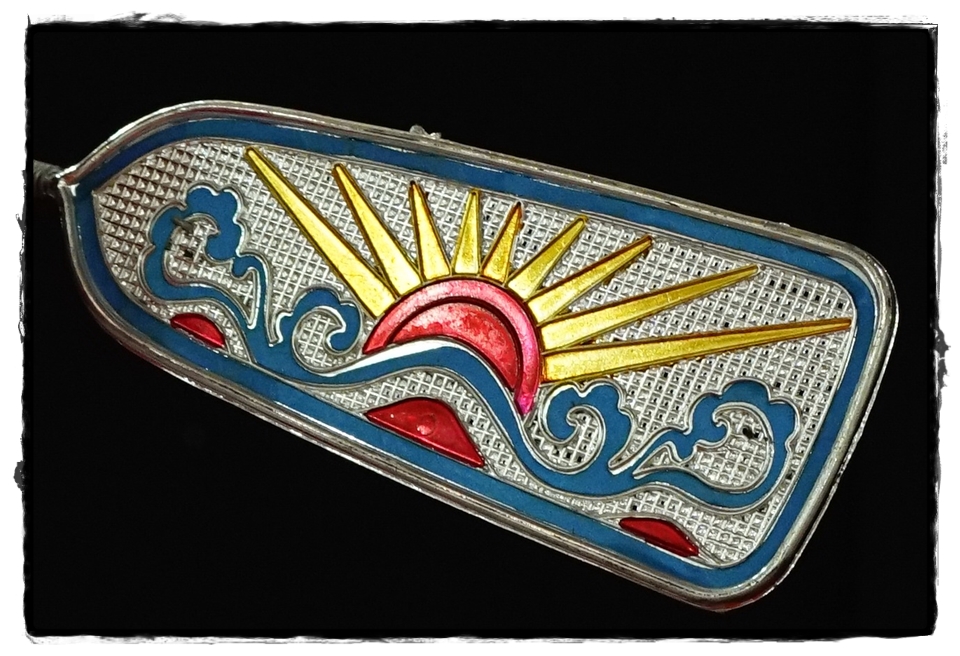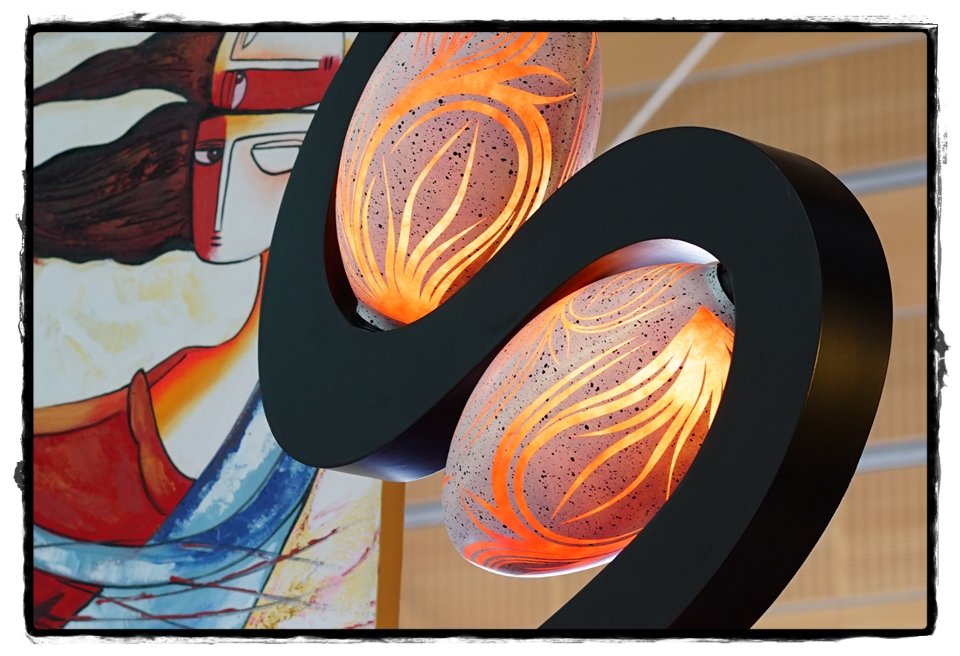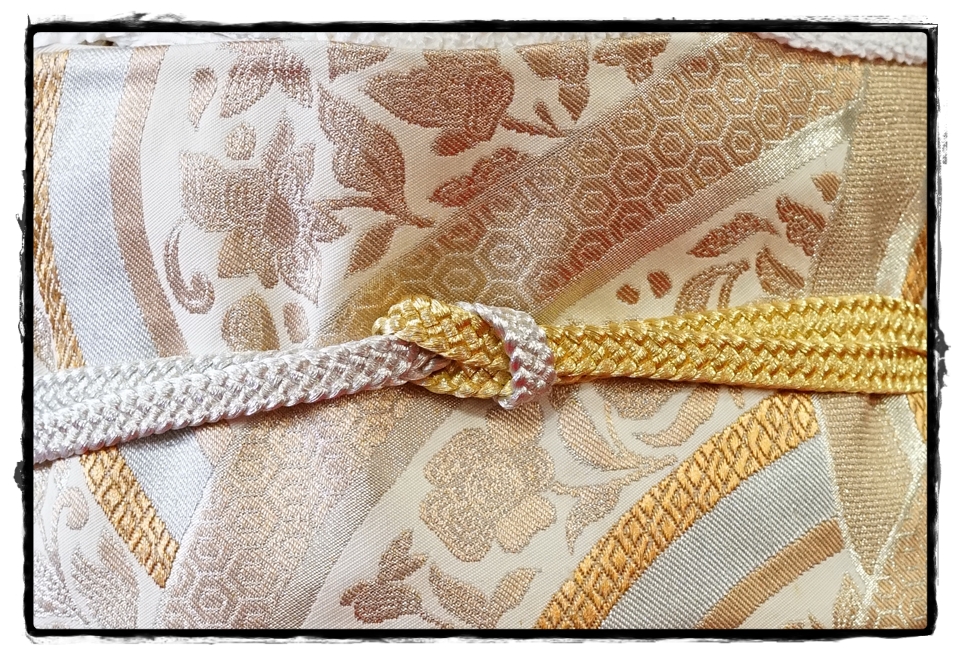Today I wanted to propose an unusual but very usefull comparison: Sony 55mm f1.8 ZA Sonnar T* versus Zeiss Loxia 50mm f2.
The shots have been realized with a Sony A7RmkII and, as for all my other tests, it’s only original JPEG without retouching.
I’ve used mostly “STANDARD” and “VIVID” picture style (and rarely “NATURAL”); white balance AUTO; dynamic range set to “DRO-AUTO”.
These 3 galleries concern the Sony 55 ZA.
***The images in the first gallery give a clear idea of what kind of contrast and color shades it’s capable of. Bokeh (in this case we’re at f2.8) is very clean and defined***
***Below, the black and white shot’s enlargement is of help to show the three-dimensionality of the lens that stopping down to f4 is quite remarkable. Fruit infusion’s detail shows the lens’ resolving power at f2.5 close to the center; the light quality wasn’t one of the best and yet this 55mm comes out with its head held high***
***And what about wide open performance? I’d say still excellent. The first of these two details shows how the lens’ center works at f1.8; the second shows the border lens’ part. As usual we must keep in mind that such great apertures should be utilized with awareness of the facts and in non-disastrous lighting conditions***
And now let’s have a look at Loxia.
***This gallery is purely introductive. Certain differences must be analyzed only onto big professional monitors***
***The smoke in that black and white photograph is simply material; it enjoys a great thickness and volume that only this Loxia is capable to squeeze out. The following shots of those Tibetan Bowls show its performances first at f2, then at f2.8 with relative enlargements. Wide open it tends to be softer but I’ve got to say that the direct artificial light onto metal was worsening everything and not just slightly. Starting from f2.8 and above it turns sharp like a blade, even if its strong point is another***
***This is its strong point: three-dimensionality. These three enlarged images show clearly depth and volume of each detail of the traditional suit. Under this aspect it’s really unrivalled; whatever your subject, the Loxia will be able to give it a consistency and a thickness that can be only dreamt by any other lens. Moreover, the red suit shot (f5.6) is incredibly plastic and resolute even having pulled the sensor up to 3200ISO. In the last image (f4) we can appreciate the lamp’s realism and depth even from a distance***
Coming to a conclusion is quite hard because they’re both outstanding level lenses.
Each of them has got its own pros and cons, but shurely the thing that must be mainly evaluated is the optical rendition. There are technical aspects that can’t be coldly quantified with a number.
There’s no winner; we get our hands on such spectacular lenses and I could summarize them this way:
Sony 55 ZA –>> resolution and sharpness at highest levels (even at f1.8); quite a lot contrasted; precise and fast autofocus (necessary for some purposes)
Loxia 50 –>> realism and thickness superior to any “classic” lens currently available; the beauty of its shots is unreachable and probably the best ever among the entire FE legacy; very pleasant and soft bokeh.
***The Loxia is easier to show than explain. If I had to give someone a reason to buy it, the picture below talks by itself and it summarizes that reason. As previous gallery, f5.6 and 3200ISO***
None of these lenses makes the other useless in your own legacy. The 55mm will never be plastic and “deep” as the Loxia, which in turn will never be sharp and immediate (thanks to the autofocus) as the 55mm.
Given that it wasn’t possible to try everything in one day, I’ll prepare a second part of this comparison that is gonna be available soon. Obviously at the end of next episode I’m gonna give you a good reason to buy the 55 ZA too.
Furthermore, the second part of “A WALK WITH BATIS PAIR AND THE A7RMKII” is going into production.
Stay tuned!
